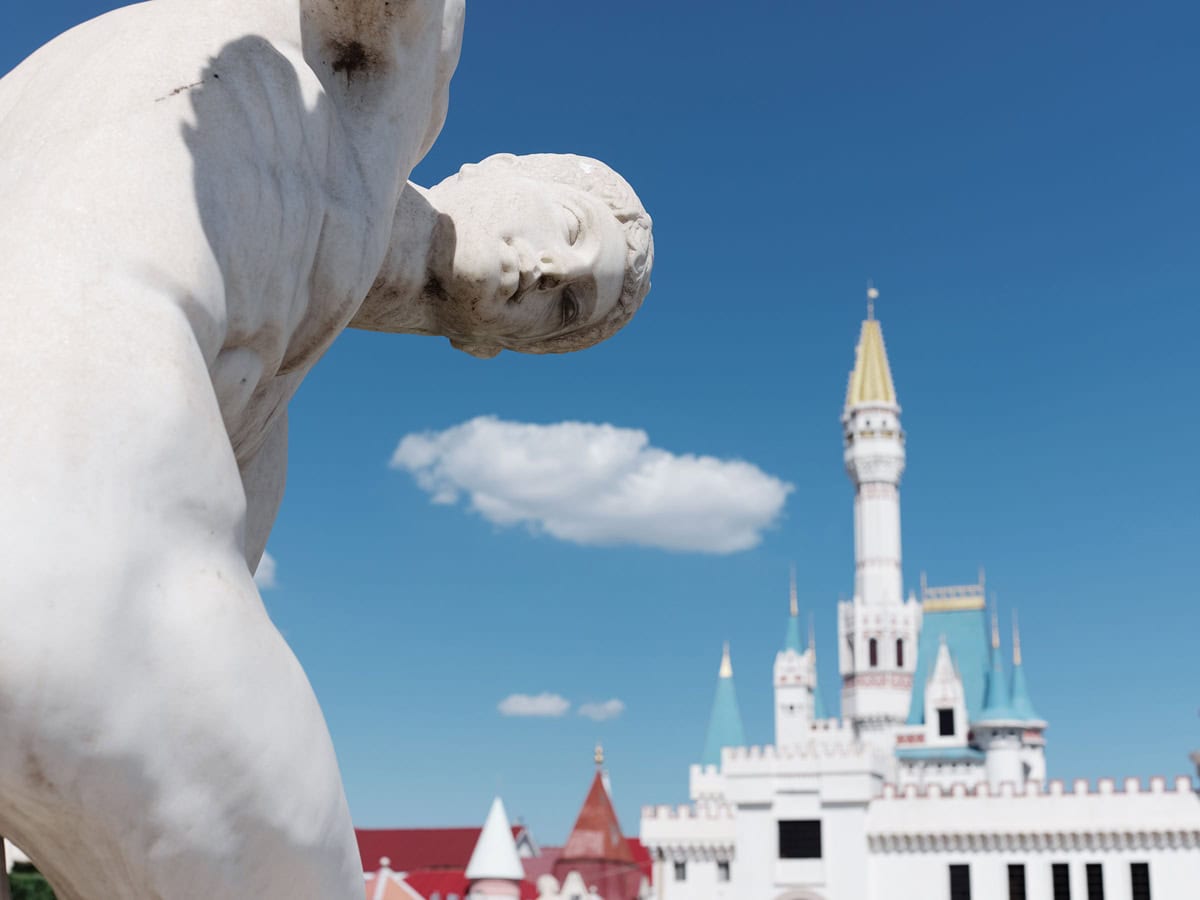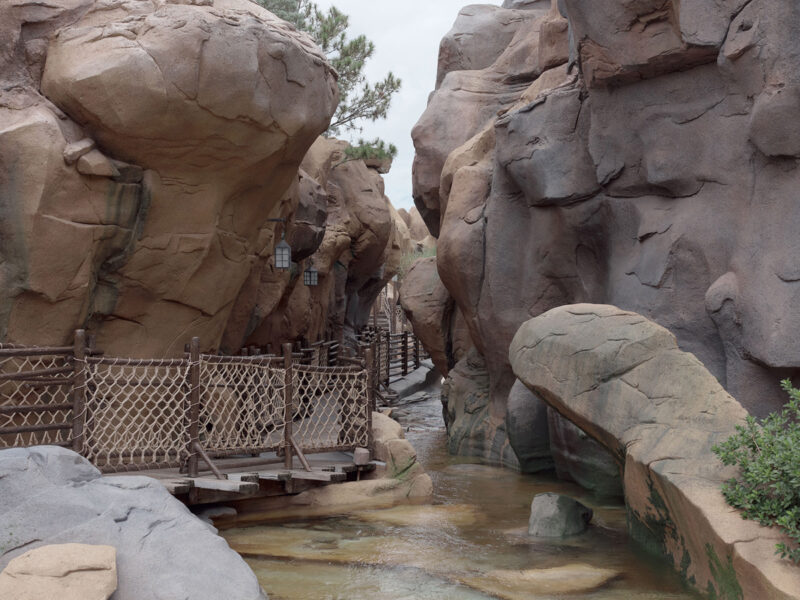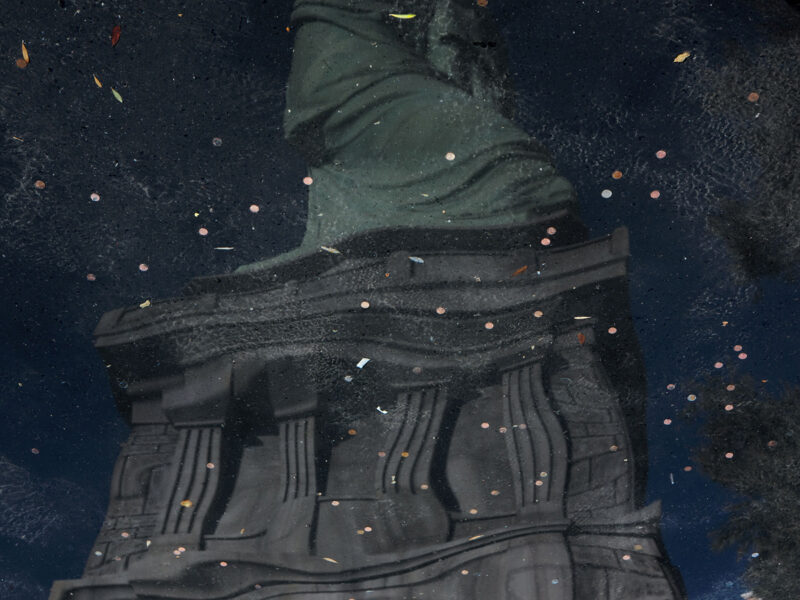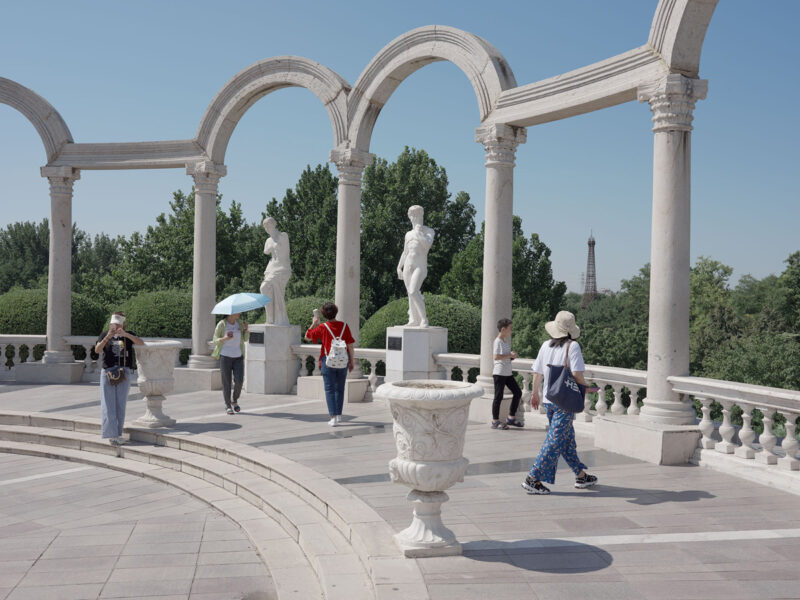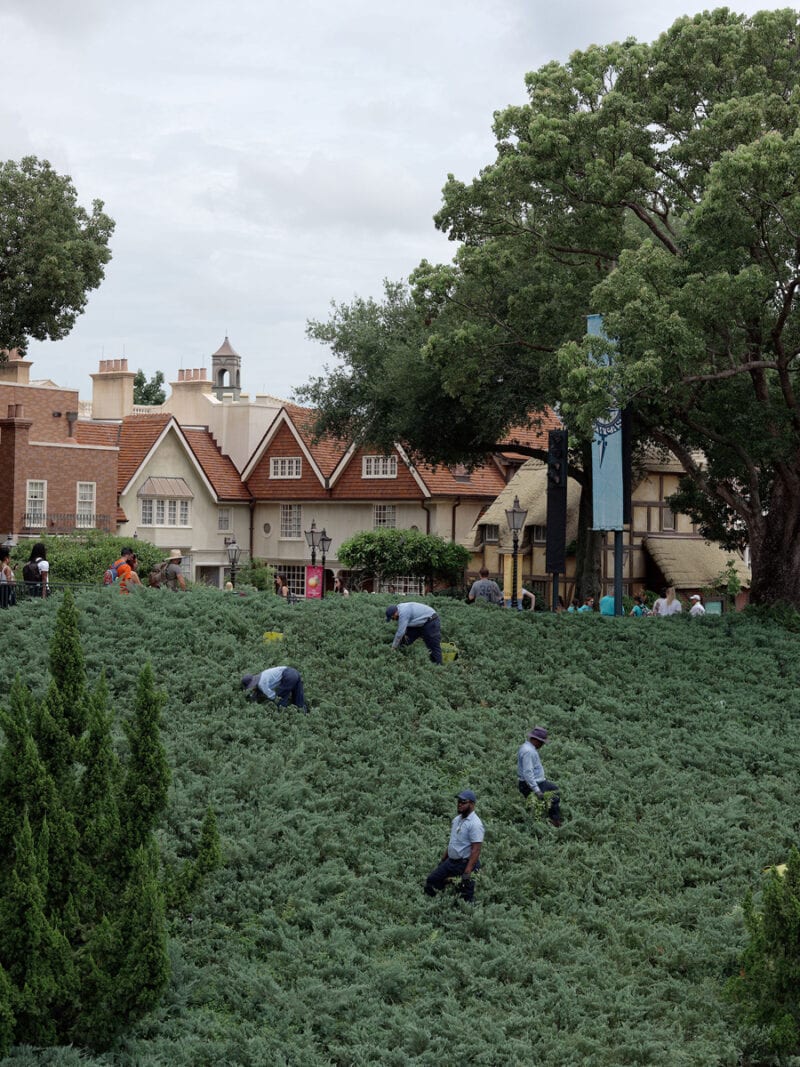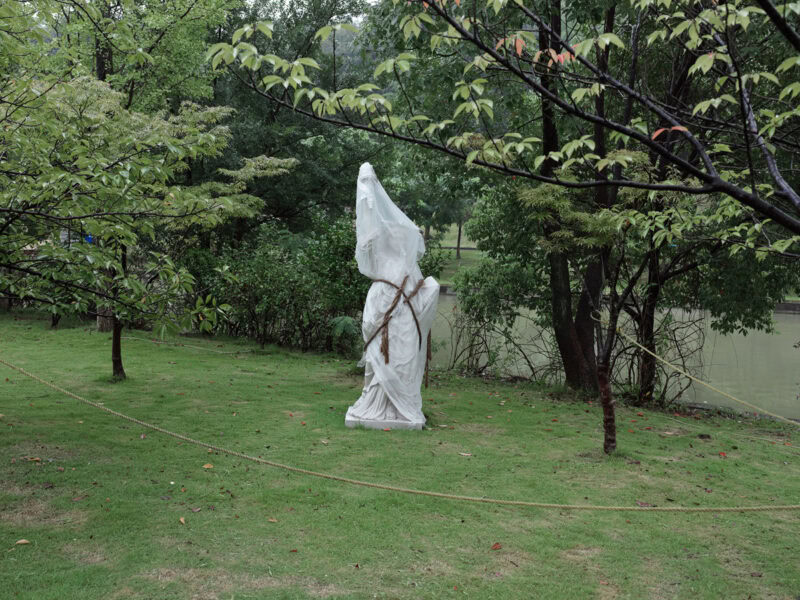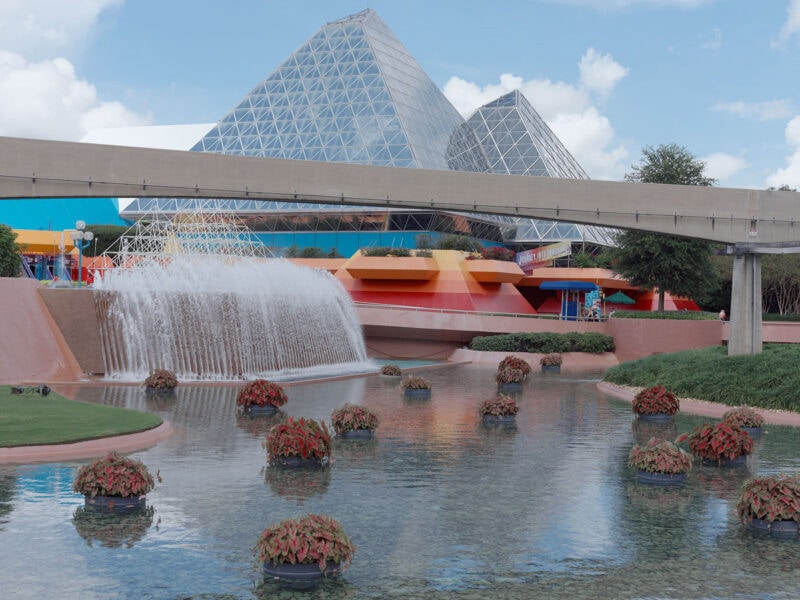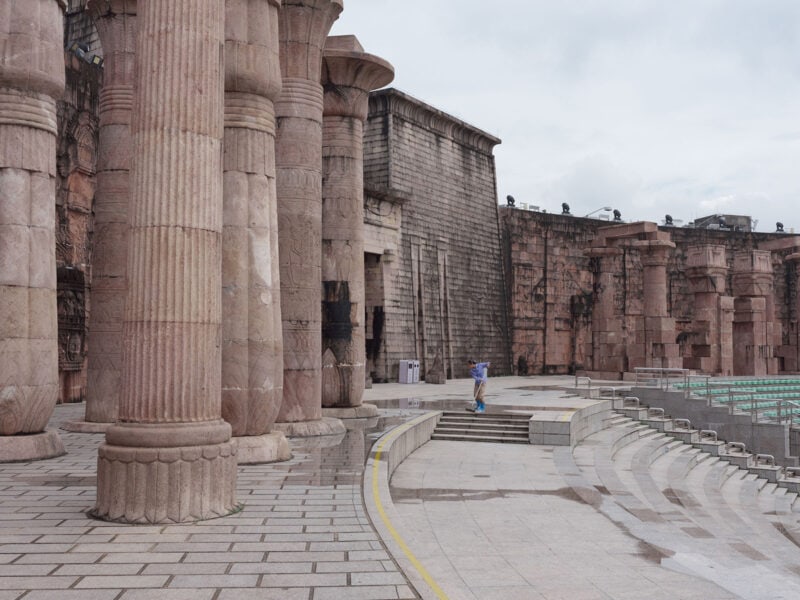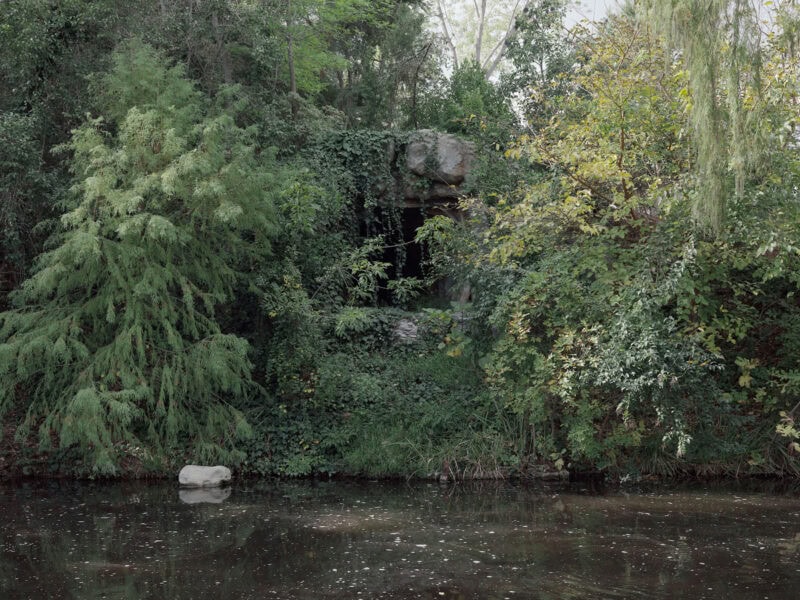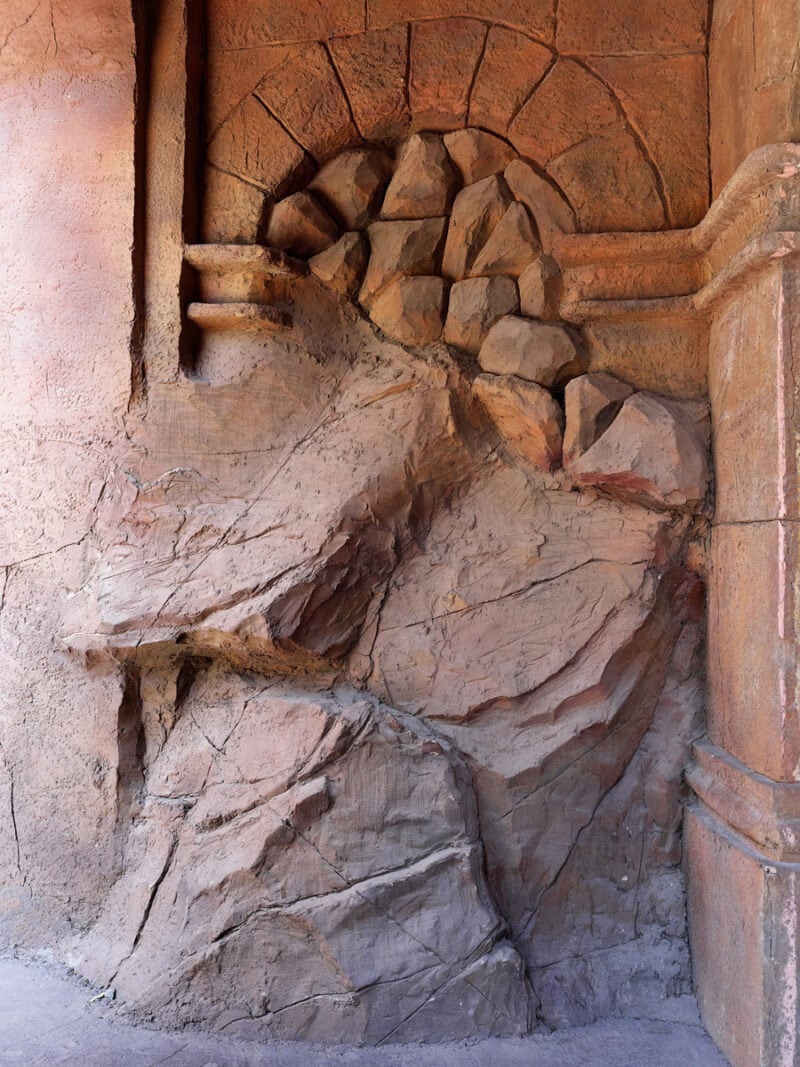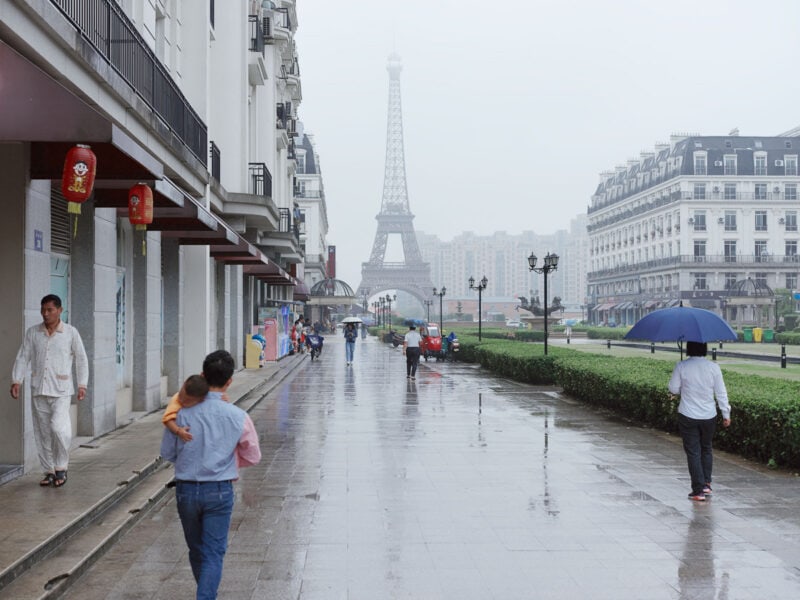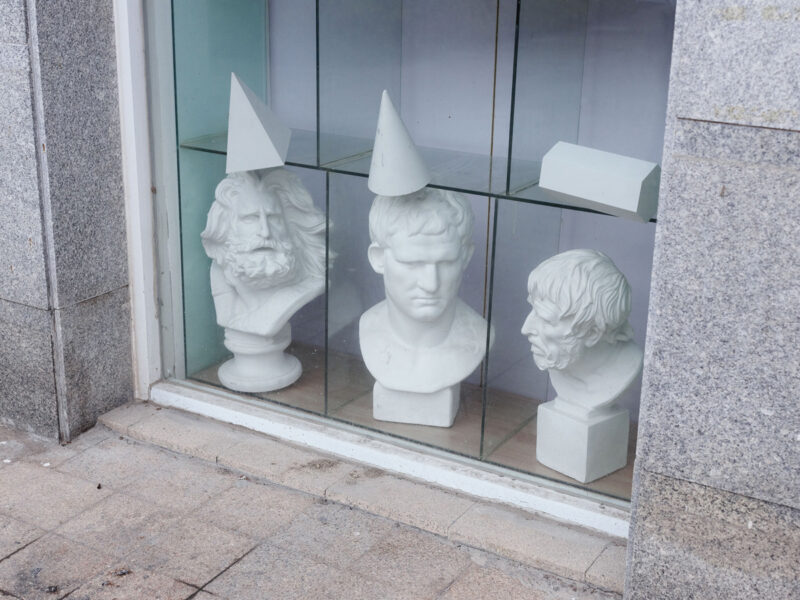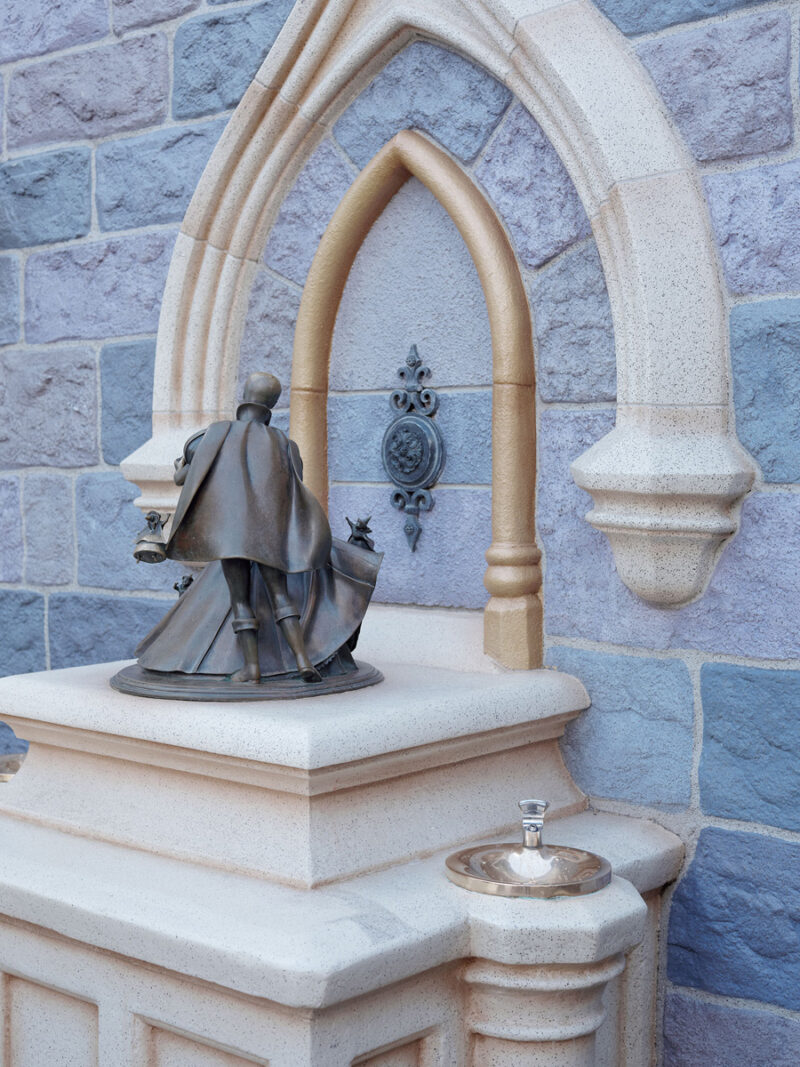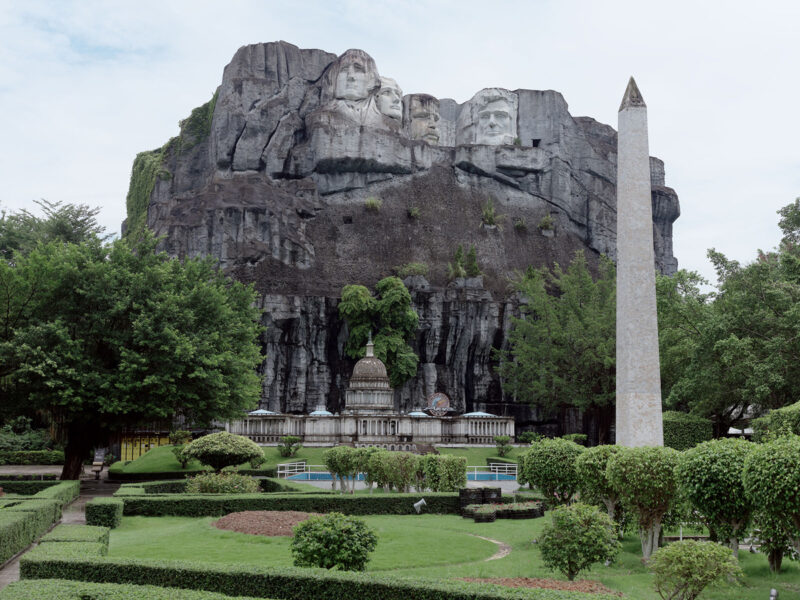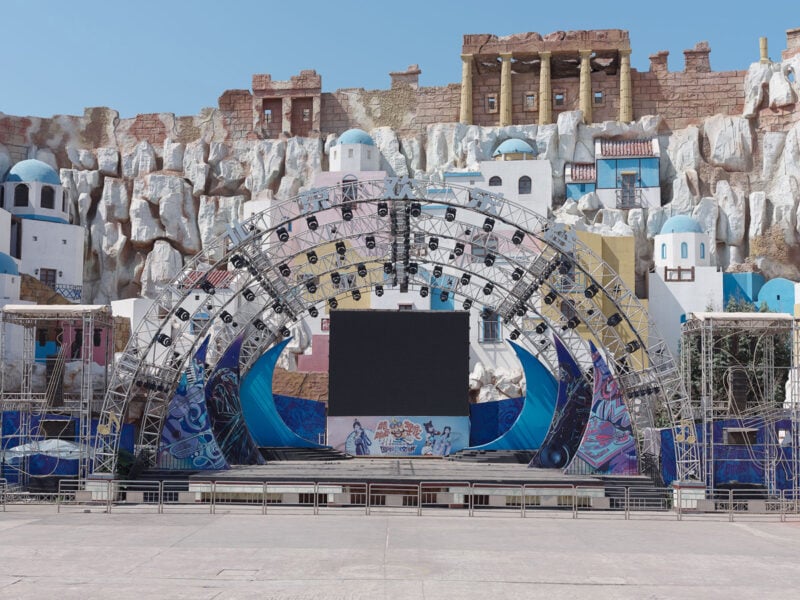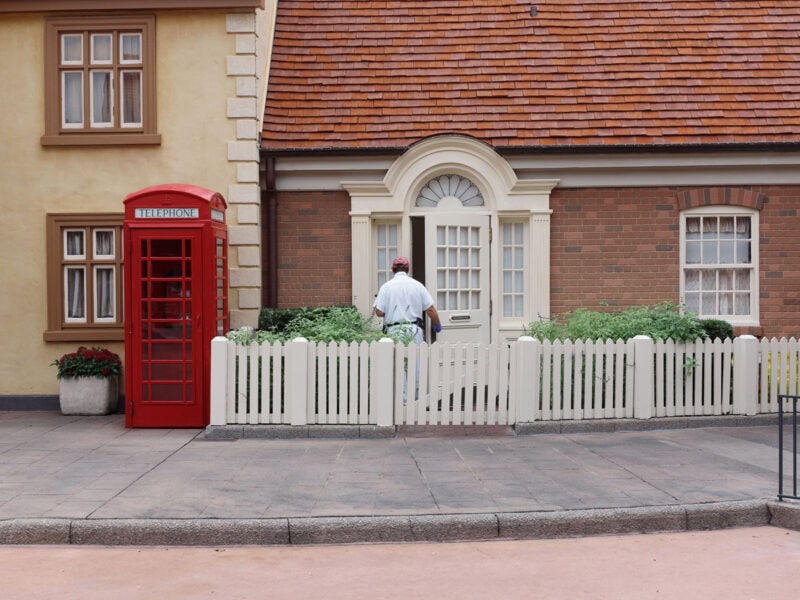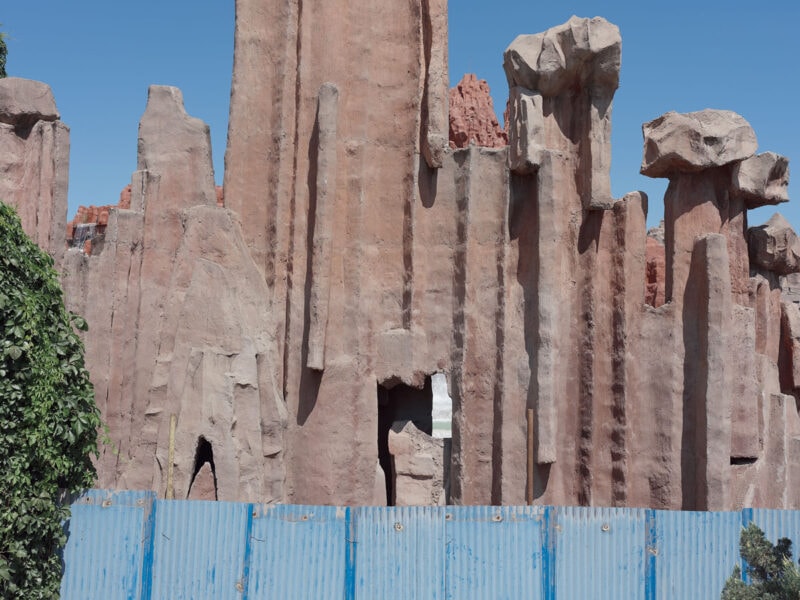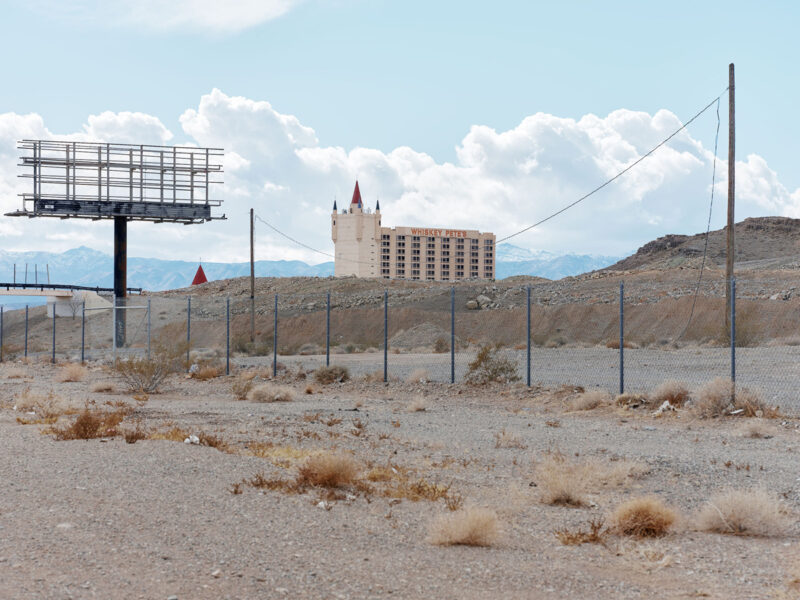David Robert Elliott (1984, Kansas) is a photographer living and working in San Francisco, California. His first book, I used to believe that I could be the next Larry Bird, was published by Candor Arts in 2017 and is in the collections of the Museum of Fine Arts Houston, Yale, Harvard and other institutions. In addition to his art practice he also works as a freelance photographer.
About Perfect Model – words by David Robert Elliott:
Places like Disney World and Las Vegas have always fascinated me. I’ve been drawn to them since I was a child and even more so as an adult. They are visually rich and full of contradictions. As a child visiting the frontier area at Disney World, I was overwhelmed by it. I was in heaven. The sense of adventure I felt and of natural wonder stuck with me for years to come. I was genuinely affected by the experience. Walking on rickety walkways through a makeshift canyon of fake rocks at my young age somehow made me feel like I was discovering a secret alcove for the first time. There was a feeling that maybe, just possibly, I could find a lost treasure around the corner that no one had ever encountered. Obviously, this would never happen, but it was so real to me as a child playing in the vastness of this fantasy space. Revisiting Disney World as an adult gives me contradictory feelings. On the one hand, I am taken back to how I felt as a child, full of adventure and imagination; on the other hand, I feel tricked. I feel like I have been told a beautiful lie.
Some images are made in theme parks, and some are made on city streets. I have observed a commodification of culture, history, and nature that occurs in all of these spaces. Along with an idealization of western capitalist structures, there is a penchant for the exotic. I’m looking at the facades of these spaces and also more expansive scenes, details, and absurdities beyond the facade in hopes of revealing a more profound truth. One thing I notice is how remarkably similar these places are to each other. An observation that leaves me with sadness for our exponentially globalizing and homogenizing world.
In each depicted environment, workers are often presented as ‘actors’ in order to not disturb the illusion. Seeing the labor involved in maintaining these facades highlights their constructed nature and leads me to question what purpose these constructions serve and who benefits from them.
